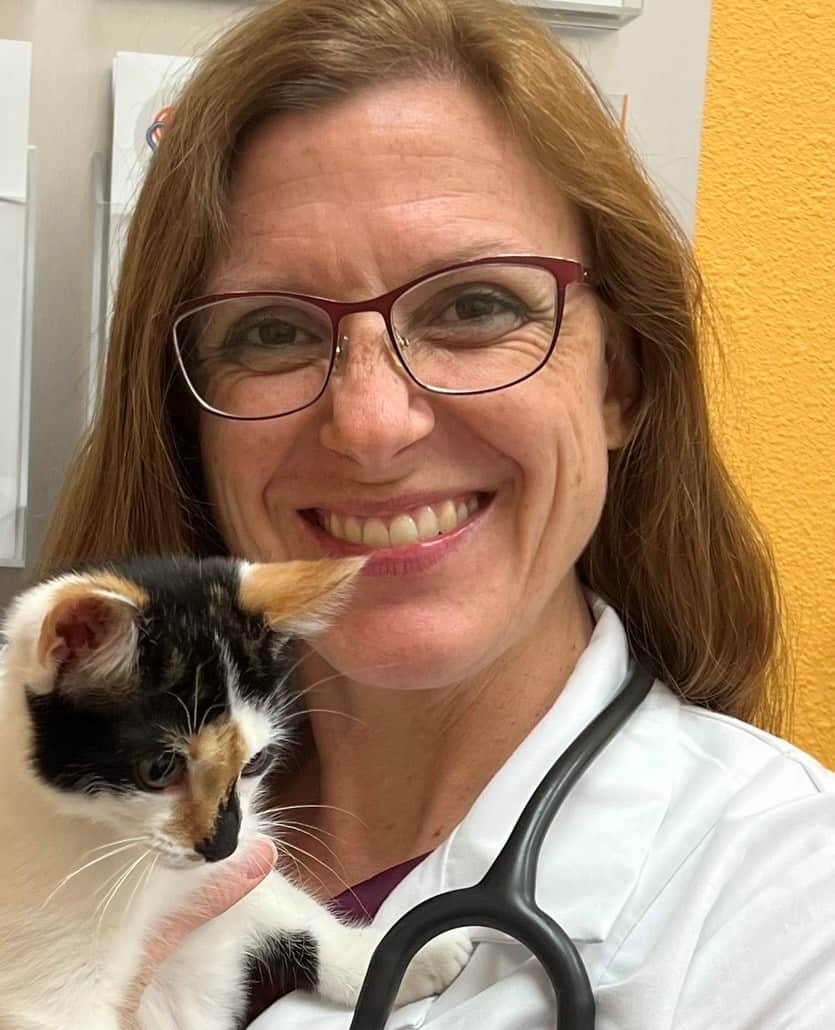Case Studies: Diagnosing Nebulous GI Disease in Horses

Case 1: A Tricky Nephrosplenic Entrapment
This horse presented one week after being diagnosed with a nephrosplenic entrapment (in which the large colon becomes hooked over the nephrosplenic ligament that attaches the spleen to the left kidney) that veterinarians treated successfully without surgery but took two days to resolve. At that time, Javsicas diagnosed him with gastric ulcers and treated him with omeprazole. After treatment, he presented again with the complaint of “just not doing right.” Nonetheless, his bloodwork was unremarkable, said Javsicas, and serum amyloid A (SAA, an acute phrase protein in the blood) levels weren’t illuminating.
“SAA was elevated, but it simply indicates inflammation,” she said. “It is not helpful prognostically or to determine if a colic is surgical or not. It can be increased with enteritis, colitis, peritonitis, and more.”
A better predictor of surgical colic, said Javsicas, is a lactate level in peritoneal (abdominal) fluid that is twofold higher than in the peripheral circulation. In fact, she said it’s one of the most important values she looks at.
“In this case you will need to have a conversation about surgery and what this value means,” she said. “Are they prepared for possible small intestinal resection?”
This equine patient had mildly increased peripheral lactate.
“Recall that lactate is an end product of anaerobic metabolism and is primarily produced by muscle cells and red blood cells,” said Javsicas. “More specifically, lactate is elevated when the body isn’t getting enough oxygen to the organs.”
In colic situations lactate can increase secondary to hypovolemia (dehydration).
An abdominal ultrasound revealed no free fluid, while an abdominocentesis (belly tap) was primarily pus, with markedly increased nondegenerate neutrophils (a type of white blood cell). Veterinarians did not identify any neoplastic (cancerous) cells or infectious components.
In this case the horse’s peritoneal fluid lactate was threefold higher than the peripheral lactate. Javsicas said the increase was likely secondary to peritonitis (bacterial infection of the abdominal lining) due to bacterial production of lactate.
While this case was managed medically and did not require surgical intervention, Javsicas spoke about the benefits of exploratory surgery.
“I am a huge fan of exploratory surgery in peritonitis cases to find the source of infection, perform a copious lavage, and place a drain,” she said. “In this case the colon was inflamed and split longitudinally. We thought this occurred because the colon had been entrapped for so long when the horse first presented with a nephrosplenic entrapment.”
Case 2: Normal Blood Levels, Abnormal Mass
A 19-year-old Warmblood gelding presented for simply “not doing well” and having a reduced appetite over the past two months. In the 24 hours prior to presentation, his sheath developed marked edema (fluid swelling). The referring veterinarian identified anemia, characterized by a reduction in red blood cells and hemoglobin, and a small number of nucleated red blood cells—a rare finding in a horse.
The blood chemistry was unexciting, and protein levels were completely normal. Except for the nonpainful pitting sheath edema and mild edema on the ventral abdomen, the physical examination was within normal limits. An iron panel Javsicas had submitted identified anemia and hyperglobulinemia, an abnormally high globulin level.
Abdominal ultrasound and gastroscopy findings were both within normal limits; however, a rectal examination identified a firm, symmetric mass in the pelvic inlet retroperitoneal space (the abdominal space behind the peritoneum, or abdominal lining). Transrectal ultrasound confirmed the presence of a 12- to 14-centimeter-diameter mass that was not consistent with an abscess. A subsequent abdominocentesis was normal.
Fibrinogen (another acute phase protein) concentrations were increased but SAA levels were not particularly high. Javsicas ordered an additional blood test to assess thymidine kinase (TK1) levels because she strongly suspected neoplasia.
“I just wasn’t sure what kind,” she said.
Thymidine kinase is a cellular enzyme involved in the synthesis of deoxyribonucleic acid (DNA), Javsicas explained. It’s upregulated during cell division and correlates with the proliferation (growth) of tumor cells. In humans, dogs, and cats, TK1 is a diagnostic and prognostic indicator for lymphoma, but studies on equine TK1 have shown variable results.
While the horse’s bloodwork didn’t change significantly over the next few weeks, the mass continued to increase in size, as did the limb and sheath edema. The horse was ultimately euthanized, and a post-mortem exam revealed sarcoma. Without further characterization of the mass, Javsicas suspected a leiomyosarcoma or fibrosarcoma was blocking lymphatic outflow.
“Knowing what diagnostic tests, both imaging and clinicopathologic, to perform in what order is key to the diagnosis of challenging cases,” she said.

Written by:
Stacey Oke, DVM, MSc
Related Articles
Stay on top of the most recent Horse Health news with















